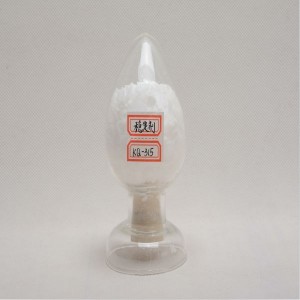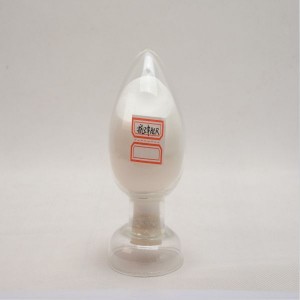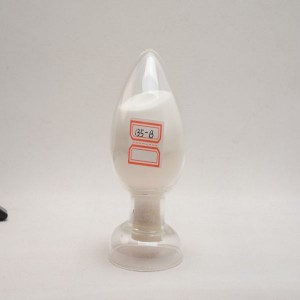
Compound Heat Stabilizer
Compound Heat Stabilizer
Lead salt composite stabilizers not only have good thermal stability and can be used as the main pvc stabilizer for PVC products, but also have their own independent characteristics, which need to be paid attention to when using them. According to many years of formula design experience, the points that need to be paid attention to when using monomeric lead salt stabilizers are summarized as follows:
1. Fully grasp the characteristics and application occasions of each lead salt composite stabilizer, and test and correct it in practice.
Each lead salt composite stabilizer has its own independent characteristics and application range. If we want to use a stabilizer well, we must fully grasp its characteristics, know under what conditions it can show its advantages, and under what conditions Conditions are not suitable for use. For example, dibasic lead phosphite has good weather resistance, and its advantages can be fully utilized in outdoor products that emphasize weather resistance, so it often acts as the main stabilizer in such products, while tribasic lead sulfate has great Good thermal stability performance, can be used as the main stabilizer in the occasion requiring high thermal stability.
2. Select the appropriate stabilizer according to the specific processing and application conditions
Different products have different requirements, and different stabilizers need to be selected. Different equipment and processing conditions have different requirements for stabilizers. We carefully consider the specific application conditions in the formulation design and select the appropriate stabilizer variety and combination. Dosage. Among the main products, pipes generally do not require high weather resistance, so tribasic lead sulfate with good thermal stability is mainly used as the main stabilizer. In addition, due to the simple cross-sectional shape of the pipe and the short thermal history during processing, the amount of stabilizer is not very large.
3. Synergistic effect between stabilizers
There are three different effects of the combination of stabilizers: one is the synergistic effect, which is the effect of 1+1>2; the other is the additive effect, which is the effect of 1+1=2; the other is the antagonistic effect, which is The effect of 1+1<2. We must carefully grasp the interaction between different stabilizers when formulating the design, make more use of the synergistic effect between the stabilizers, and try our best to avoid the confrontation effect between the stabilizers, so as to obtain a cost-effective heat stabilizer system.
1. The low price of lead salt stabilizers is the lowest price of all stabilizers, so despite the continuous introduction of new stabilizers, lead salt stabilizers still occupy the dominant market for stabilizers half a century later;
2. The toxicity of toxic lead salt stabilizers limits its application in many occasions with strict hygiene requirements;
3, poor dispersibility salt lead dispersibility is poor, but the newly launched products with lubricants, from a certain extent to solve the problem of dispersibility
1. Greatly improved the uniformity of mixing and dispersing with resin;
2. Reasonable and efficient internal and external lubrication collocation;
3. Conducive to production and quality management;
4. When the formula is mixed, the number of metering times is simplified.











